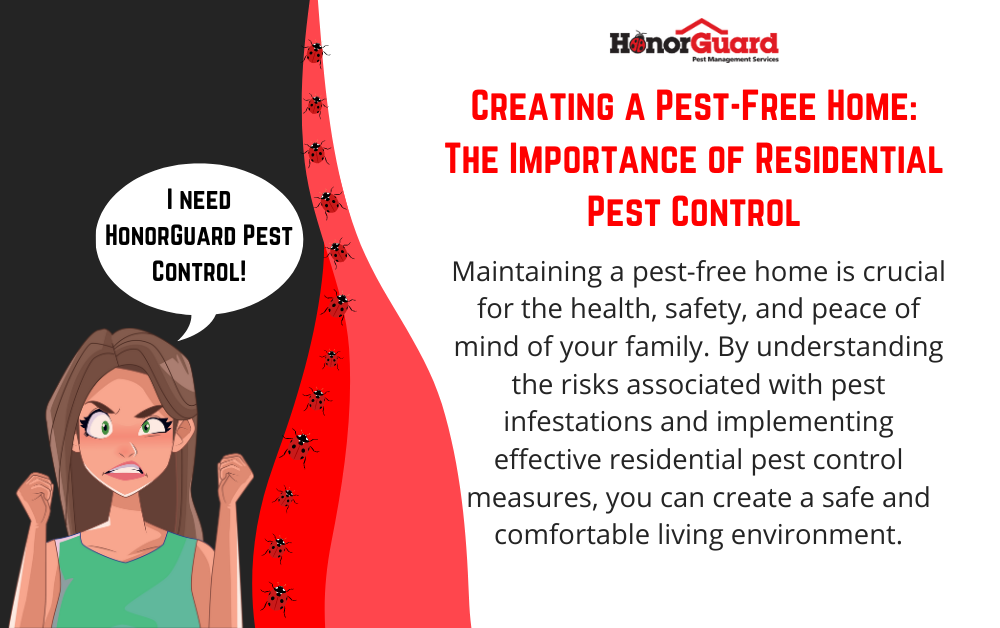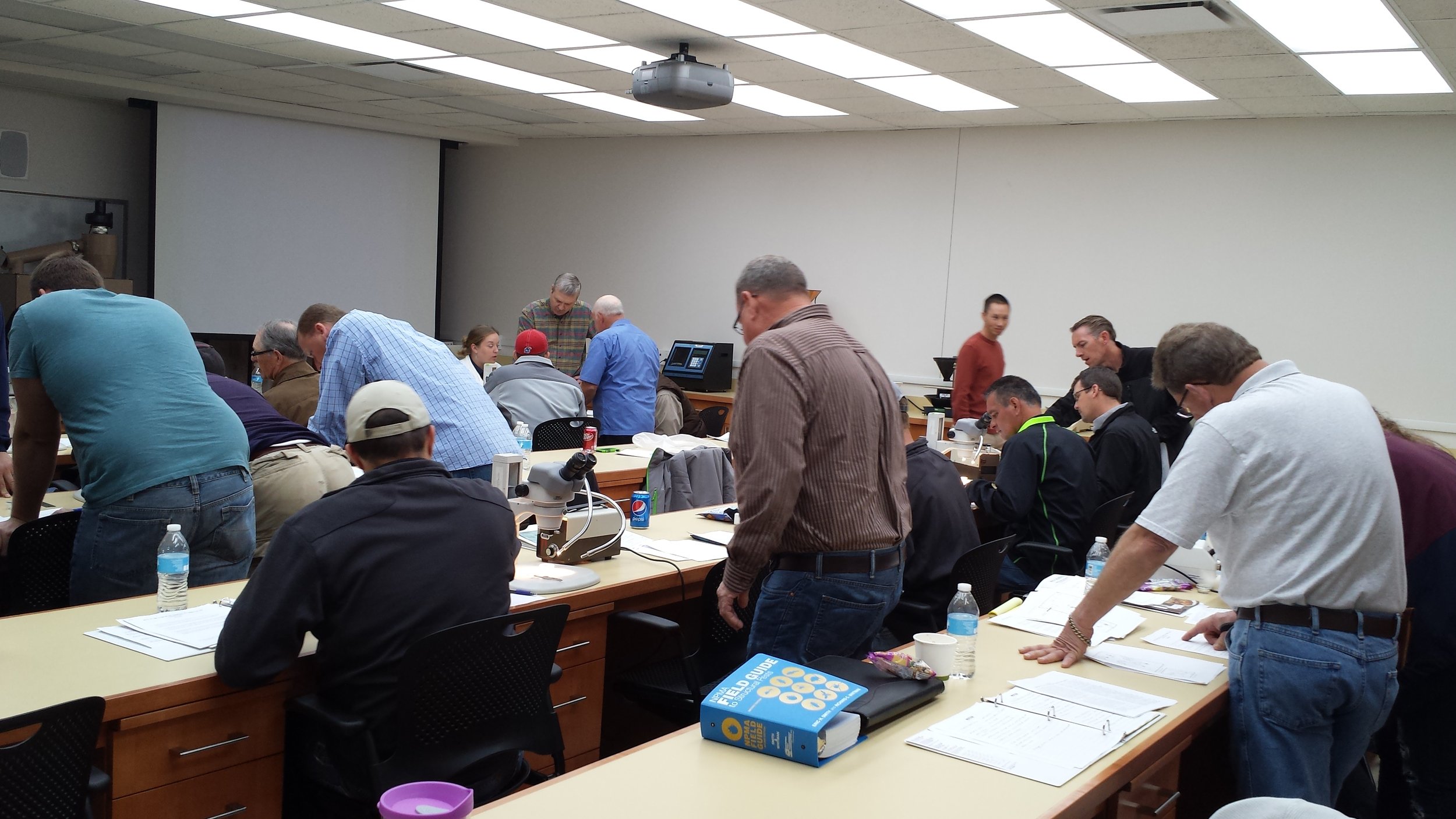The Basic Principles Of Pestwise
The Basic Principles Of Pestwise
Blog Article
An Unbiased View of Pestwise
Table of Contents9 Easy Facts About Pestwise ExplainedThe Ultimate Guide To Pestwise5 Simple Techniques For PestwisePestwise Fundamentals ExplainedPestwise Things To Know Before You Get ThisA Biased View of PestwiseThings about Pestwise

Q. Specify "integrated pest monitoring" (IPM) and listing several feasible control strategies that might be utilized in an IPM technique. A. Integrated pest administration is the combining of proper insect control tactics right into a single strategy to decrease parasites and their damage to an appropriate level. Parasite control techniques may consist of: host resistance, biological control, social control, mechanical control, hygiene, and chemical (chemical) control.
3 Easy Facts About Pestwise Described
What can you do to maintain the parasites you are trying to manage from ending up being immune to the chemicals you use? A. Insect resistance can be reduced by utilizing incorporated parasite management and rotating the types of chemicals made use of.
Pests are a critical risk to the farming business, and incorporated pest monitoring aids cultivators address and minimize these dangers. Integrated bug monitoring makes use of several methods in complicated, thus being a more effective solution to the issue. Commercial Pest Control. Particularly, eliminating aggressive chemical approaches enables minimizing injury to individuals and the setting by utilizing all-natural and safer options rather
A Biased View of Pestwise
The goal of incorporated parasite management is to minimize this harm and control appropriate invasion levels as opposed to eliminate all undesired populations. This is why it is very important to recognize what measures are justified in each case and usage aggressive ones just when other incorporated monitoring techniques do not work. Integrated monitoring reduces the adverse effects of a non-IPM method, and the major benefits of IPM Conveniences of IPM.
A right understanding of the infestation extent figures out if the problem must be attended to. are the next elements of an IPM program because it is very important to realize if the microorganisms make potential dangers and choose the integrated monitoring choices or the details pesticide usage. plan to reduce invasions by using different agronomic methods.
Some Ideas on Pestwise You Need To Know
if prevention was inadequate. Integrated administration alternatives in an IPM program beginning with more secure to more aggressive ones. Target or program chemical splashing might adhere to hand-operated elimination or capturing that hasn't aided. Those integrated management aspects help understand just how to prepare and carry out an IPM program detailed: Monitor your crops routinely.

Among others, IPM cultural approaches consist of the following field monitoring techniques: soil therapy; option of appropriate plants; plant turning; interplanting or strip cropping; option of growing days; weed control; use of trap plants. Favorable soil problems speed up plant development, and vigorous plants are much more immune to problems. Healthy and balanced seedlings and seeds predetermine effective plant development, so it is essential to select pest-free growing product with solid roots.
Therefore, amongst various other applications, plant turning can be efficiently utilized as an incorporated pest management method. Pests spread out slower if rows of different crop types separate their host plants in intercropping or strip cropping, which is likewise made use of in the integrated insect administration system. Alternatively, problems increase when plants of the very same crop type or household grow together.
, as well as tomatoes. Planting catch plants in patches is another alternative for IPM intercropping. This incorporated insect management approach recommends attracting parasites to certain plants and then controlling them with chemical or mechanical strategies.
Fascination About Pestwise
Obstacles are regular examples of physical IPM approaches. Allow's take a better take a look at them. Getting rid of or picking insects out by hand is a time and labor-consuming option that is widely used in incorporated management and natural farming. Fully grown insects or their eggs and larvae are accumulated by hand and destroyed.
Division of Plant Sciences. This integrated management technique suggests a typical means of damaging pests by predators, parasitoids, pathogens, and other biological control agents (aka antagonistic organisms). The function of biological control in IPM is to.
Pestwise Fundamentals Explained
With time, their population transformed out to be a real annoyance to farmers together with native kangaroos or dingoes. The cane toad is another situation showing incorporated organic control failing in this respect when it refused to search the target species and became a parasite itself. Parasitoids establish on or within their hosts to ultimately kill them after growing.
Report this page